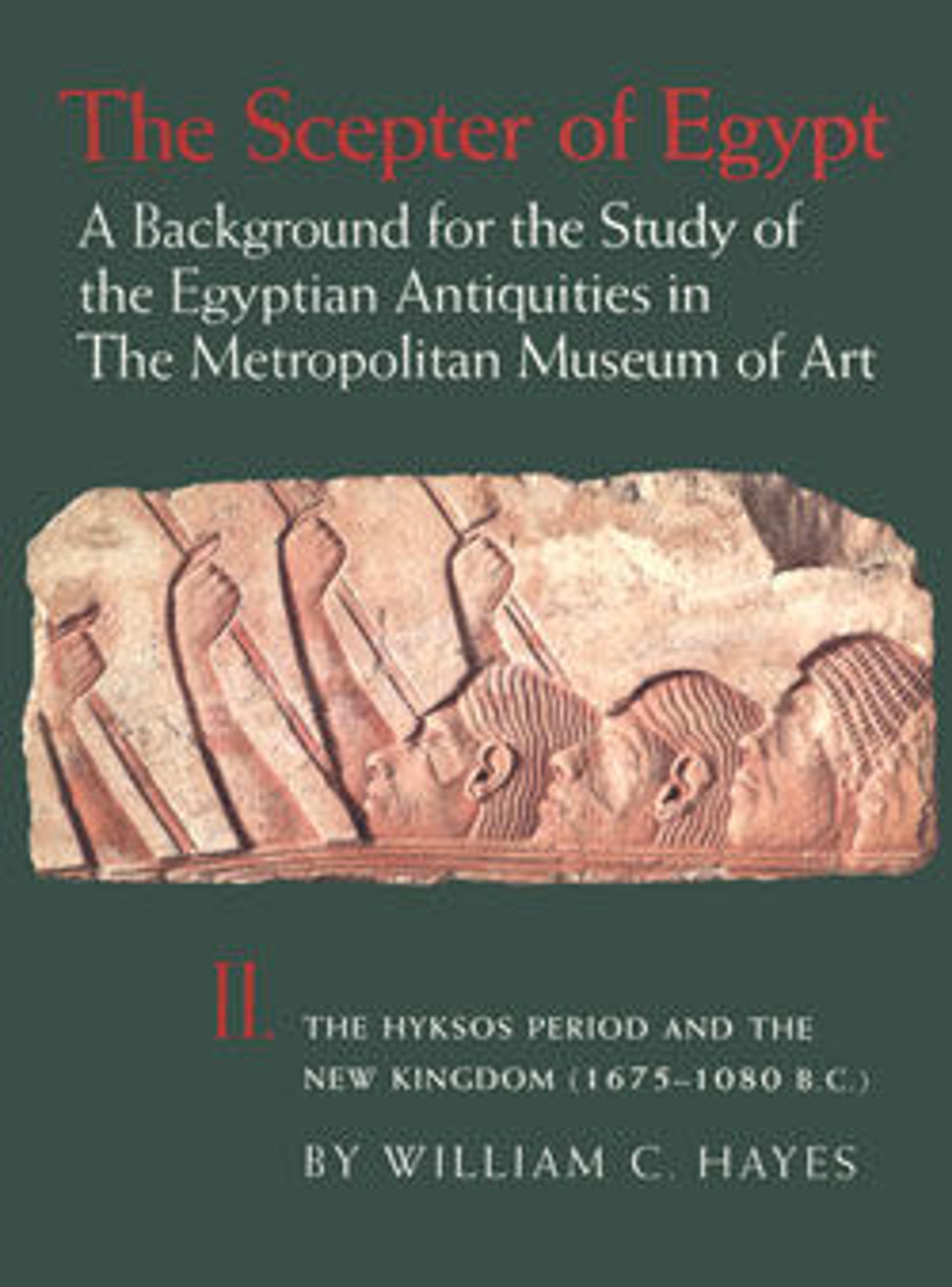Doorjamb from a Temple of Ramesses II
These colossal blocks come from a large gateway erected in commemoration of one of Ramesses II's royal jubilees. Two offering scenes are set one above the other. In the upper scene Ramesses II is depicted presenting drink offerings to Amun-Rein the form of Kamutef, "Bull of his Mother," who was identified with the fertility god Min. In the lower scene the king is making a prayer for offerings to Ptah-Tatanen, the patron of the royal jubilee. The right side is inscribed with the names and titles of Ramesses II. At the bottom of the doorjamb Ramesses III, a Twentieth Dynasty king, has roughly incised his own cartouches.
The blocks were discovered in 1912-1913 by the Museum's Egyptian Expedition where they had been reused in the foundations of a gargantuan temple undertaken by Ramesses IV in the Asasif valley. The temple was laid out over the eastern part of the causeways of Mentuhotep and Thutmose III, leaving uncovered only the causeway to Hatshepsut's Deir el Bahri temple. The construction was continued by Ramesses IV's two successors, but never completed. Ramesses IV seems to have sought to reemphasize the Theban ritual landscape, and the Asasif temple may have been understood as a monumental bark station for the visit of Amun's bark to the Deir el Bahri temple during the Beautiful Festival of the Valley.
The blocks were discovered in 1912-1913 by the Museum's Egyptian Expedition where they had been reused in the foundations of a gargantuan temple undertaken by Ramesses IV in the Asasif valley. The temple was laid out over the eastern part of the causeways of Mentuhotep and Thutmose III, leaving uncovered only the causeway to Hatshepsut's Deir el Bahri temple. The construction was continued by Ramesses IV's two successors, but never completed. Ramesses IV seems to have sought to reemphasize the Theban ritual landscape, and the Asasif temple may have been understood as a monumental bark station for the visit of Amun's bark to the Deir el Bahri temple during the Beautiful Festival of the Valley.
Artwork Details
- Title: Doorjamb from a Temple of Ramesses II
- Period: New Kingdom, Ramesside
- Dynasty: Dynasty 19
- Reign: reign of Ramesses II
- Date: ca. 1279–1213 B.C.
- Geography: From Egypt, Upper Egypt, Thebes, Asasif, Temple of Ramesses IV, unfinished, MMA excavations, 1912–13
- Medium: Granite
- Dimensions: H. 428 × W. 139 × D. 99 cm (14 ft. 1/2 in. × 54 3/4 in. × 39 in.)
- Credit Line: Gift of Edward S. Harkness, 1913
- Object Number: 13.183.2a, b
- Curatorial Department: Egyptian Art
More Artwork
Research Resources
The Met provides unparalleled resources for research and welcomes an international community of students and scholars. The Met's Open Access API is where creators and researchers can connect to the The Met collection. Open Access data and public domain images are available for unrestricted commercial and noncommercial use without permission or fee.
To request images under copyright and other restrictions, please use this Image Request form.
Feedback
We continue to research and examine historical and cultural context for objects in The Met collection. If you have comments or questions about this object record, please contact us using the form below. The Museum looks forward to receiving your comments.
